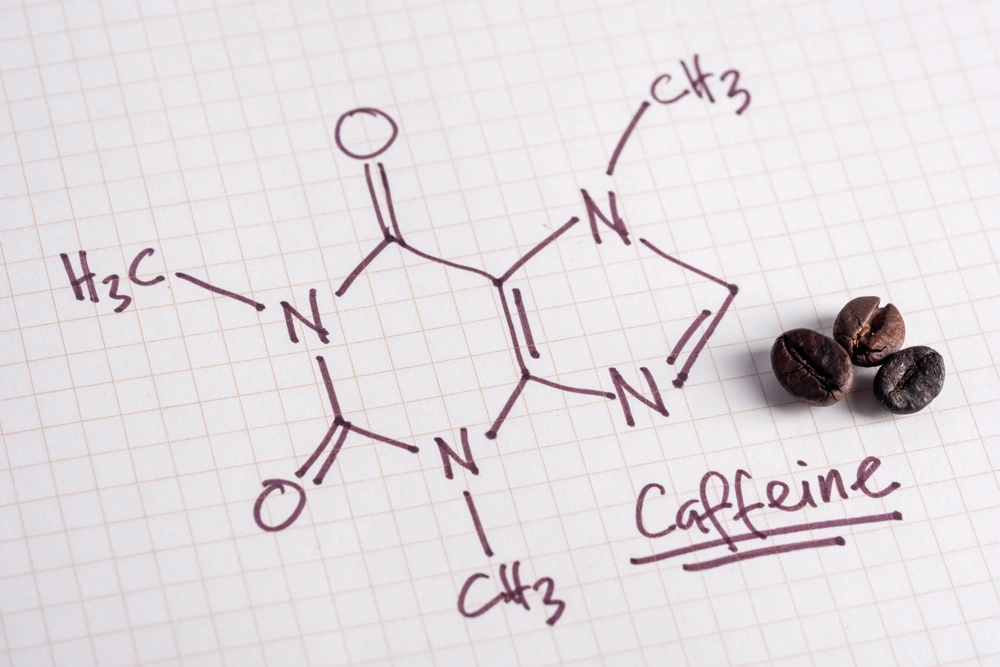Caffeine content in coffee varies widely depending on several factors, including the brewing method, the type of coffee, and the roast level. Here’s a breakdown of what you need to know about caffeine in your daily cup of coffee.
Filter Coffee vs. Espresso
Many people assume that espresso, with its concentrated flavor, has more caffeine than filter coffee. However, this is not the case.
A typical double espresso contains about 110 milligrams of caffeine, while a cup of filter coffee can have up to 170 milligrams. This means that filter coffee can have nearly 50% more caffeine than an espresso, despite using the same amount of coffee grounds.
Caffeine Extraction During Brewing
Caffeine is extracted from coffee grounds rapidly at the start of the coffee brewing process. As more water passes through the coffee, the rate of caffeine extraction slows down. This pattern is consistent across different brewing methods, whether it’s filter coffee or espresso. The first portion of the brew contains the most caffeine, while the later stages contribute less.
Contact Time and Caffeine Levels
The length of time coffee grounds are in contact with water affects how much caffeine is extracted. However, after a certain point, extending the brewing time does not significantly increase caffeine content. For example, in methods like Aeropress or French press, most of the caffeine is extracted within the first two minutes. Longer steeping times do not lead to higher caffeine levels, even if the coffee continues to brew.
Instant Coffee vs. Fresh Coffee
Instant coffee generally contains less caffeine than freshly brewed coffee. Even when prepared to match the strength of filter coffee, instant coffee has a lower caffeine concentration. This is because instant coffee is typically made from Robusta beans, which have more caffeine, but the extraction process used in making instant coffee results in less caffeine in the final cup.
Roast Levels and Caffeine
Contrary to popular belief, darker roasts do not necessarily have less caffeine than lighter roasts. In fact, dark roast coffee often has a slightly higher caffeine concentration. This is due to the roasting process, which makes the beans less dense and more porous, allowing for easier extraction of caffeine during brewing. As a result, dark roast coffee can have more caffeine than lighter roast coffee, despite the common misconception.
Variations in Caffeine Content
The caffeine content in coffee can also vary depending on the origin of the beans. Generally, coffee grown at higher altitudes tends to have slightly less caffeine. This is because caffeine acts as a natural defense mechanism for the coffee plant, and lower-altitude plants may produce more caffeine to protect themselves from pests.
Conclusion
Caffeine content in coffee is influenced by a variety of factors, including the brewing method, roast level, and type of coffee. Understanding these differences can help you make informed choices about your coffee consumption and manage your caffeine intake more effectively. Whether you prefer a strong espresso or a milder filter coffee, knowing these facts ensures that you get the right amount of caffeine for your needs.


Leave a Reply